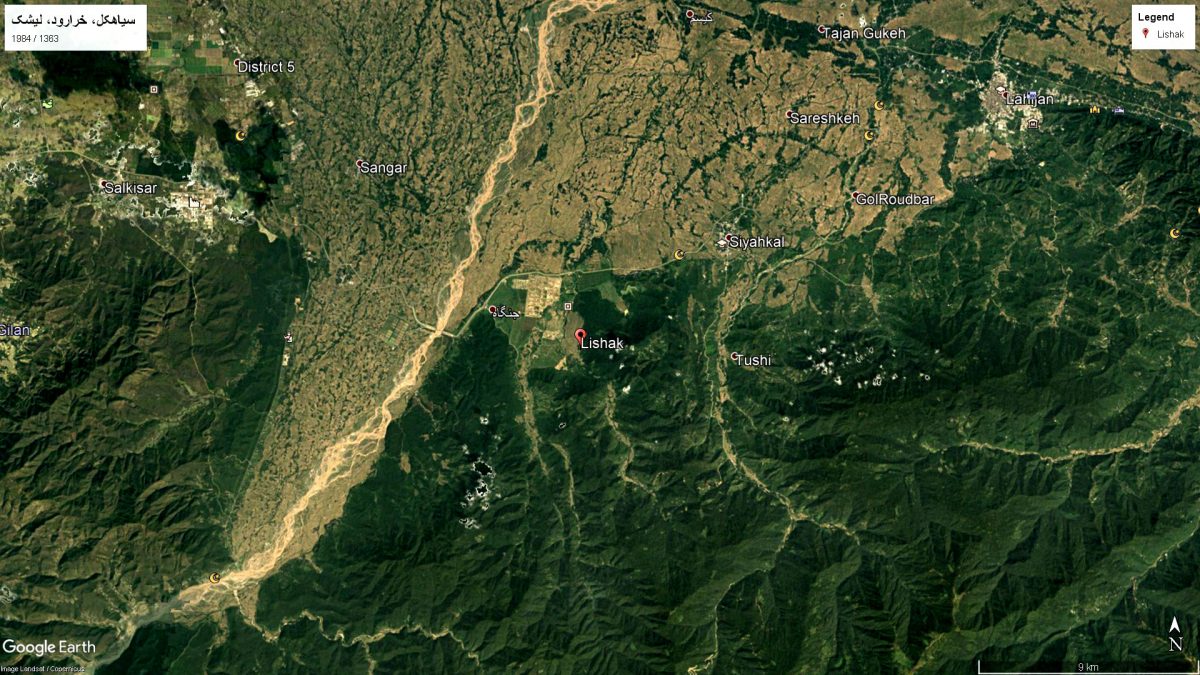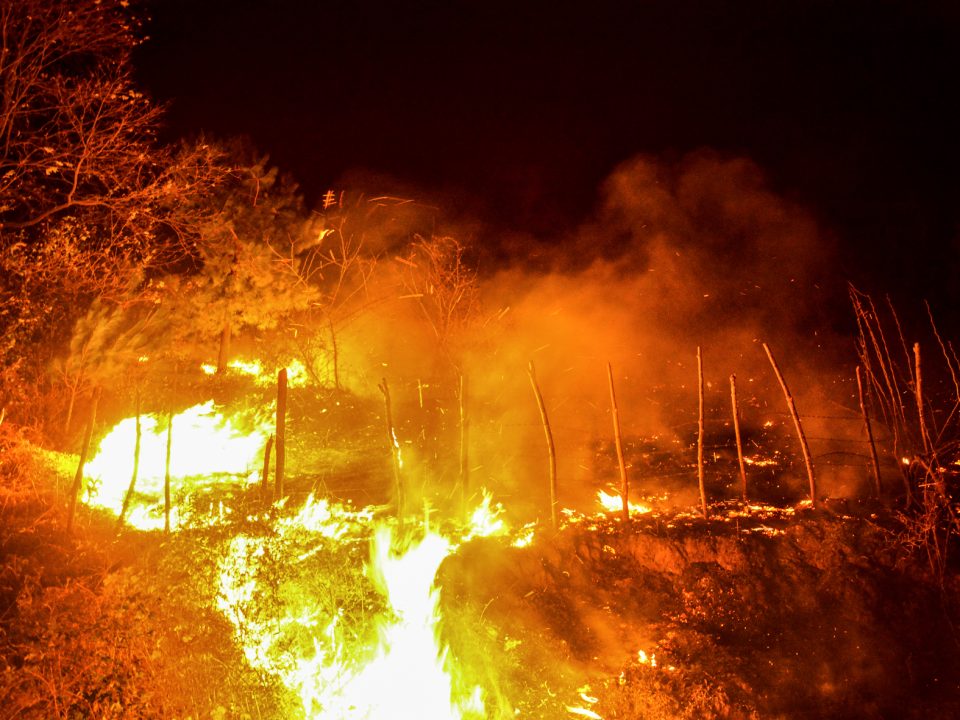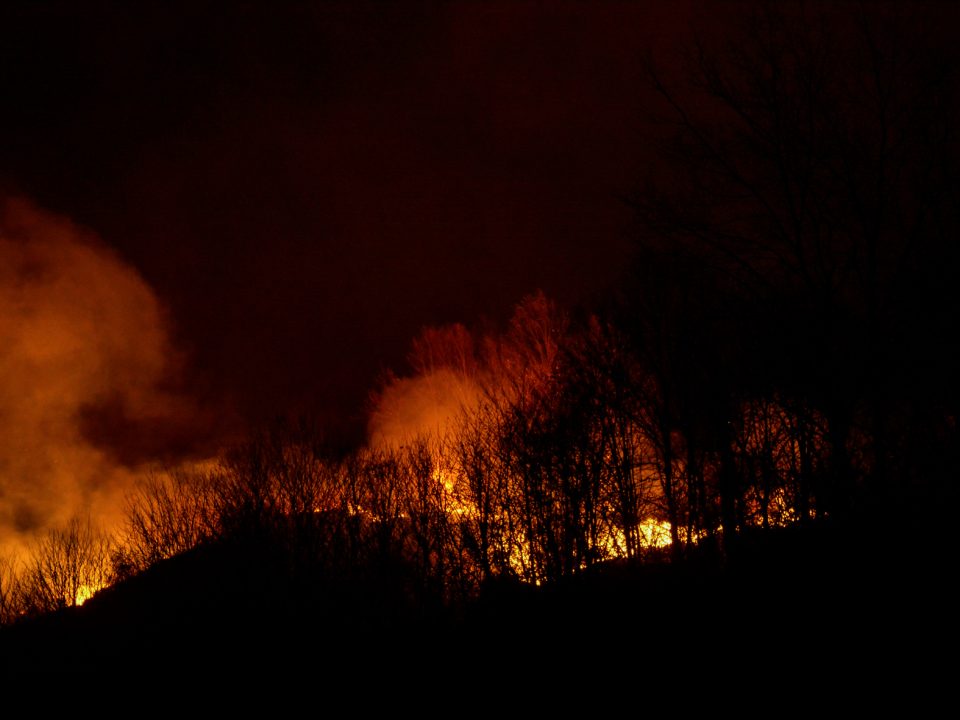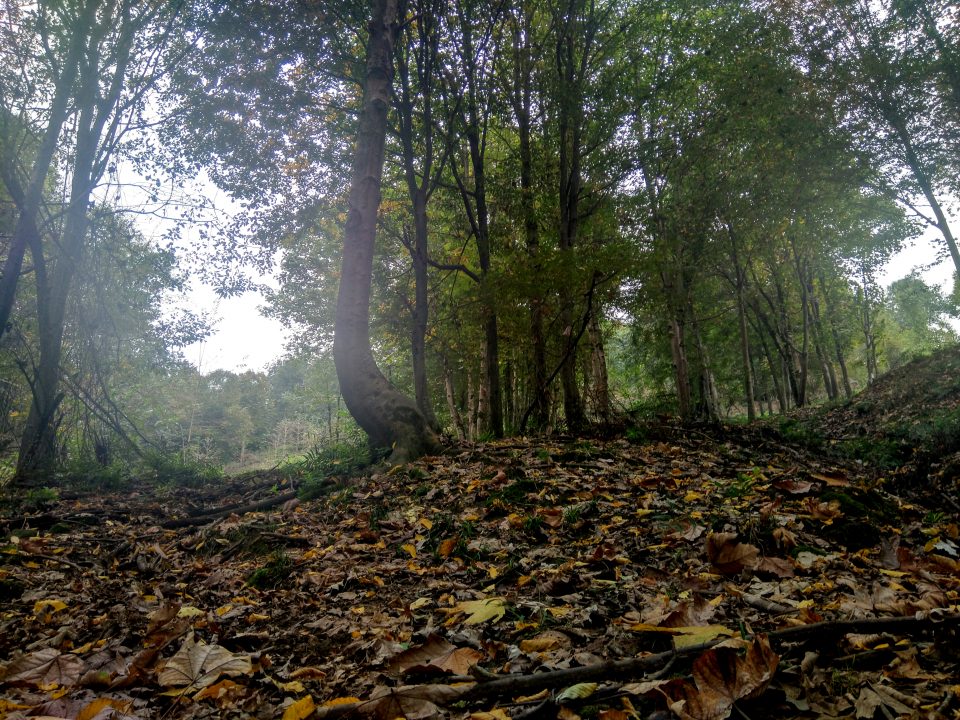Hyrcanian forests breathe in “Lishak”, a village on Siahkal in Guilan province

We are the founders of the forest (Bani Jungle)
فروردین ۱۰, ۱۴۰۰Where is Lishak? What exactly are we doing and what are the benefits of this project for different creatures including humans, animals, and even plants? These are the questions we will answer in this text. In the previous section, we talked about how the “Bani Jungle” was formed and why participation in it is important.
As mentioned, in this text we will introduce the Lishakk region, which is the place where your seedlings are planted. Also, we will explain the goals of the “Bani Jungle” to you and talk about the habitat of the forest animals, in fact, the trees and their planting area.
Where is Lishak?
Lishak is one of the functions of the central part of Siahkal city and is located in the “Khara Rud Rural District”. For the past 50 years, the trees of this area have been exploited according to the forestry plans of that time. Lishak is a subset of the Shafaroud forestry department and in the late 1940s and early 1950s, The trees were cut down. Of course, some of these events are related to deforestation in the following decades, which has been used for the use of Shafaroud and Chouka factories. Apart from this little information, no other information is available from the Lishak area!
Lishak forest dwellers
According to the locals, this area is one of the areas where the plan to organize livestock and forestry has been implemented.
This project has been implemented in all northern forests and has had far-reaching consequences. Natural resources believed that forest dwellers inadvertently trample small seedlings due to the movement and grazing of livestock. Katzani (plucking the bark of trees) or plucking the branches of trees as livestock food has also reduced the forest mass. For this reason, the villagers were removed from the forest and transferred to the village of Lishak and the outskirts of Siahkal. Unaware that these Indigenous people do not have the skills of urban life. With this shift, their industry and occupation became livestock and agriculture. Urban life also imposed the costs of this lifestyle on them, and besides, some Indigenous people became deeply depressed due to change.
Lishak; Part of the ancient Hyrcanian forests
This region is important in many ways. It has a dense forest mass near it and in addition to many access roads, it is located in the middle of the Siahkal tourist corridor to Rudbar. Siahkal region with ancient trees is one of the oldest parts of Hyrcanian forests. It is interesting to know that there are 150 endemic species in Hyrcanian forests.
There are species such as Box and Parrotia persica, 60 species of mammals, 340 species of birds, 67 species of fish, 29 species of reptiles, and 9 species of bio-exclusive in this area. Among the beautiful species of the region, we can mention red deer, roe deer, brown bear, leopard, wolf, jungle cat, wild boar, marten, and Honeybadger. It is interesting to know that after many years, the first photo of the red deer and its baby was taken by Mr. Abbas Alizadeh in the Siahkal no-hunting zone.
Bani Jungle, the photo of lishak forests 2016
Stages of “Bani Jungle” project
The Bani Jungle project focuses on the Hyrcanian forests in the first phase. Our main goal at this stage is the reconstruction and rehabilitation of part of the Hyrcanian forests in the geographical area of Guilan province, which is done with the vision of “rehabilitation and sustainability of part of the Hyrcanian forest, moving towards creating a local model in sustainable forest management.”
“Bani Jungle” intends to cultivate native forest species, which on the one hand provides an opportunity for companies and individuals to engage in social responsibility, and on the other hand raises public awareness about forests, public management, participation in the management and administration of the region and becomes a forest and eventually an inheritance for the future.
This project is national while reviving and rehabilitating 5 vegetation areas, the national experience of sustainable forest management will be implemented in the framework of the national planting plan. we are going to create a model by creating the participation of Indigenous people and in the form of companies’ social responsibility.
In the first phase of the project,” Bani Jungle ” 75 thousand saplings will plant. it will be extended after that for 300 thousand saplings over the next 4 Ecological Regions.
The general objectives of the “Bani Jungle” project
“Bani Jungle” is a large-scale forest restoration project. Also, the results of this project will improve the global environmental performance index (EPI) of our country.
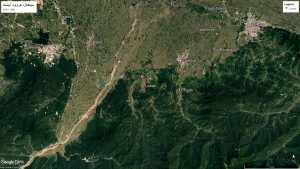
“Bani Jungle” / Aerial photo of Lishak Siahkal 2016
Our project has two main goals:
A forest of Quercus Castaneifolia and hornbeam that is introduced to the world as a forest habitat. This is important in two ways:
First, if the project is successful, it will be the only sample implemented worldwide. Europe currently has few oak bushes and must use Iranian oak for regeneration. Second, Quercus Castaneifolia, which is one of the exclusive species of Hyrcanian forests in our country, is one of the purest producers of oxygen in the world and can have special functions and values.
One of the most important goals of the project is to create a beech nursery that will be established for the first time in the Hyrcanian region and the world. Beech can not grow alone. Beech seeds can not be planted on a flat surface such as a greenhouse or field. It must be planted next to other seeds to grow. First, alder and hornbeam seeds are sown, respectively, and a suitable substrate is planted for beech seeds. Of course, at times it is not possible to do this important thing in this area due to ecosystem reasons. That is why we are looking to implement it in another region.
In the first phase, the “Bani Jungle” project will be divided into two parts of 5 years. It takes the first 5 years for a seedling to grow from a planting stage to a young tree. The young tree then begins to regenerate and define its territory. The next 5 years will be for the growth of the forest ecosystem and the return of animals and so on. In the first and second year, a large part of the executive work, including fencing, digging, planting seedlings, etc., is done with the participation of Indigenous people. In the third year, we are looking to create professional teams, and in the fourth and fifth years, we will gradually prepare for the exit and replacement.
The public interest of the “Bani Jungle” project
This project also has public benefits:
Changing local development patterns in Lishak and Fashtal villages in a 5-year process
Formation of a local group of small foresters, protection, and wise creative exploitation
Creating a model of sustainable participatory forest management
Involve rural women in sustainable management
Capacity building for Iranian participation in land reconstruction
Change in Iran’s position in sustainable forest management
Recreate part of the Hyrcanian forest ecosystem.
Also, the following activities are performed by us:
Dialogue with the Indigenous people to hand over the management of the region to them later.
Planting seedlings
Education in the surrounding villages, students, and families
Maintenance of seedlings and Preparing forest areas for the return of other species and wildlife.
“Bani Jungle” also has outputs. We plant seedlings and take care of them for 5 years, but the main beneficiaries are Indigenous people whose behavior depends on the continuation of life and the transformation of that area into a forest.
So our main goal is to create a better, more sustainable, and more forest-related life. People are empowered to live in peace with nature and the forest and to define their livelihood in other things than cutting down trees. The second output is the training of more than 1,000 young foresters to protect forests, which we hope will be well achieved.

